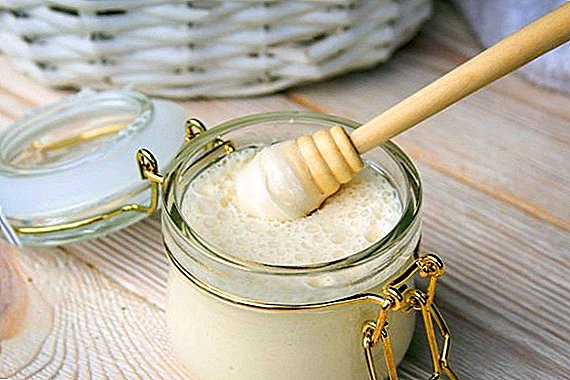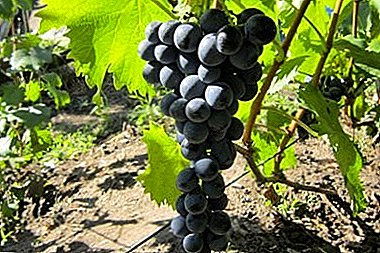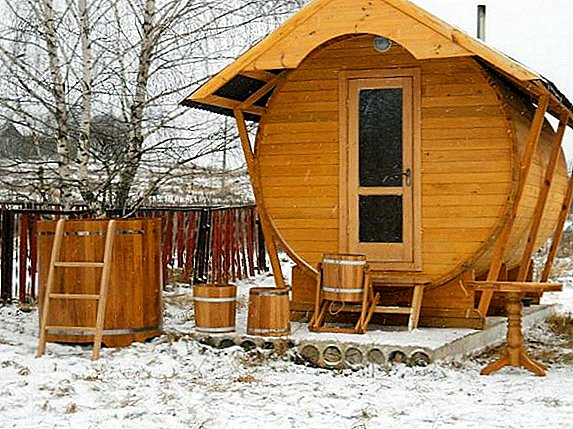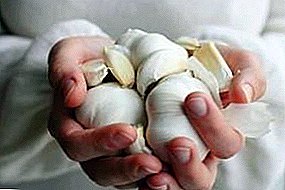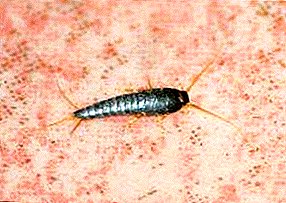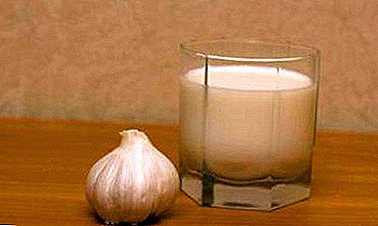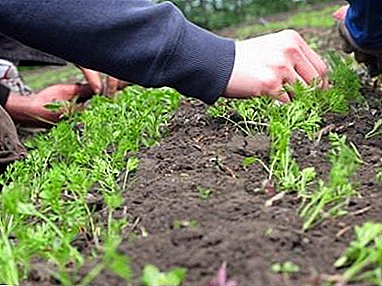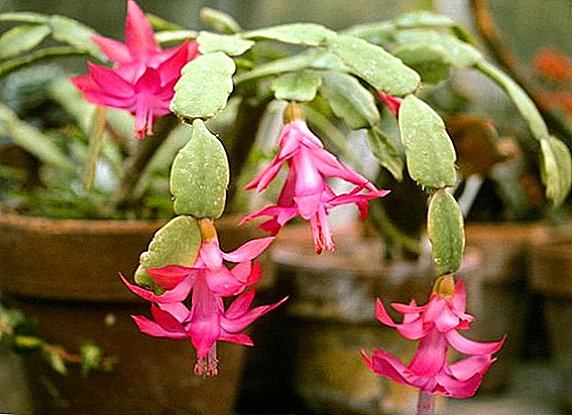
Many gardeners ask themselves: will mint and lemon balm affect each other if they are planted nearby, can these plants be grown together? Undoubtedly, because peppermint, as well as lemon balm (lemon mint) belong to the same family - the family Gubotsvetnyh.
It is necessary to dispel the myth of their harmful influence on each other, with a joint landing. Many gardeners equip special beds with medicinal plants, where mint and lemon balm perfectly coexist.
How to plant these plants in the garden together?
The distance between the mint and lemon balm plants should be at least 30-50 cm.
 Where is it better to plant grass in the garden and at the dacha? The best place for planting will be sunny, well supplied with batteries, moisture, as well as a plot free from weeds and protected from the cold wind, not freezing in winter. These crops are very demanding of lighting and its lack leads to a sharp decrease in the yield of leaves and menthol content. Mint and lemon balm carry short-term flooding and can be located in floodplain areas.
Where is it better to plant grass in the garden and at the dacha? The best place for planting will be sunny, well supplied with batteries, moisture, as well as a plot free from weeds and protected from the cold wind, not freezing in winter. These crops are very demanding of lighting and its lack leads to a sharp decrease in the yield of leaves and menthol content. Mint and lemon balm carry short-term flooding and can be located in floodplain areas.
Mint and lemon balm cultures are undemanding to heat and start to grow, already at 3-5 ° С. The optimum temperature for growth and development is 18-20 ° C. Rhizomes withstand temperatures down to -13 ° C, and mint shoots tolerate temperatures down to -8 ° C. When germinating, rhizomes lose frost resistance and can die when the cold returns.
These cultures prefer mild winters and sufficient snow cover. The soil should be light mechanical composition with the reaction of the soil environment PH-5-7.
Seeds
Mint and lemon balm can be grown from seeds. But it should be borne in mind that peppermint blooms profusely, but almost does not form seeds, while lemon balm reproduces well even by self-sowing. Anyway, mint and lemon balm seeds are sold in almost all garden centers and shops.
- You can sow seeds at home, in seedling boxes, from February to April or in the greenhouse, after heating the soil. Seeds of mint and lemon balm are very small, therefore, it is not recommended to embed them deeply in the soil.
- When sown in a container, you can scatter them on the soil surface and cover the container with glass or a bag, so the seeds will germinate faster.
- When sowing in a greenhouse or in open ground, lightly sprinkle the seeds with earth.
Seedlings
Mint and lemon balm seedlings are planted in well-warmed soil, on beds, with a distance between plants of 30 to 50 cm. Seedlings of mint and lemon balm grown from seeds are planted in open ground with the formation of 3-5 pairs of true leaves. Planting of seedlings is made with a lump of earth, and then plentifully watered.
Cuttings
Mint and lemon balm cuttings can be carried out during the whole growing season.:
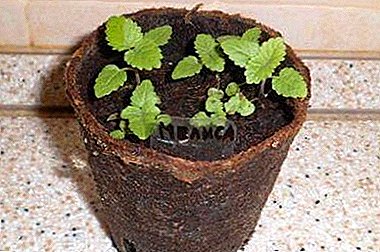 To do this, take absolutely healthy twigs of plants with 2-3 pairs of leaves and placed in a glass of water.
To do this, take absolutely healthy twigs of plants with 2-3 pairs of leaves and placed in a glass of water.- About a week later, the first roots appear, and in two or three weeks the cuttings are ready for planting in the ground.
For more rapid formation of the roots, you can use growth stimulants "Kornevin" or "Heteroauxin". Planting cuttings in open ground must be completed a month before the onset of the first frost, so that young plants can form a sufficiently powerful root system for wintering. After transplanting requires abundant watering.
Dividing bush
The most common method of planting, like mint and lemon balm - planting rhizomes. Planting rhizomes carried out in the fall and spring. In areas with snowless winters and low temperatures, mint and lemon balm often freeze out, so it is recommended to plant in early spring. Under digging it is desirable to make a well-rotten compost or manure with the addition of complex mineral fertilizers.
- Rhizomes for dividing the bush and breeding dig up just before planting. It should not be used for planting sluggish, lost turgor, having a brown rhizome. When they are used, planting plants are sparse and low-yielding.
- Rhizomes of lemon balm are planted to a depth of 8 to 10 cm, and mint rhizomes to a depth of 10-12 cm.
Spring planting of mint and lemon balm begin when the soil warms up. The autumn time for planting lemon balm is not later than September 15, and the mint can be planted over a longer period of time, including the period from October to November. A prerequisite after planting rhizomes is abundant watering. At one place mint and lemon balm can be cultivated for at least 3-4 years.
Features of growing a house in the same container
You can grow mint and lemon balm not only in the garden, but also at home, on the windowsill or balcony. This should be a sufficiently lit place, since the light day for these crops must be at least 7 hours.
You can plant mint and lemon balm not only in separate pots, but also in one common:
- Accordingly, the pot for such a planting should be much larger. The distance between the mint and lemon balm plants in a pot should not be less than 10 cm, since the mint tends to grow strongly.
- The distance from the plant to the edge of the pot is at least 5 cm.
- The depth of the container for planting should be sufficient for the development of the root system of plants (at least 20 cm), because the larger the area of plant nutrition, the greater the yield of leaves and flowers can be harvested.
- When growing mint and lemon balm at home, frequent watering is necessary, as the soil dries out, as well as fertilizing with complex fertilizers after each mass cutting of greens.
How to care?
To increase the yield during the growing season, fertilizing and 3-4 times watering are carried out, especially during the dry season. Starting from the second year of plant life, early spring fertilization with ammonium nitrate or nitrophosphate can be carried out. The main pests of mint and lemon balm are:
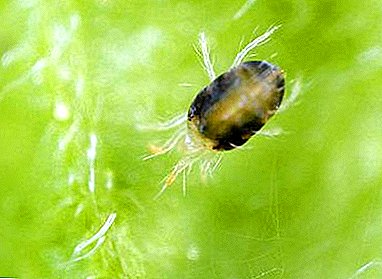 wireworms;
wireworms;- spider mite;
- weevils;
- caterpillars scoops-gamma;
- mint leaf beetle;
- mint flea;
- mint aphid
To combat aphids and mites, you can spray 2 times with a 3% solution of liquid soap. Tobacco leaf dust can be used against leaf pests.
The main disease like peppermint and lemon balm is rust.. As a result of this disease, the leaves can fall completely, and the leaves are the most valuable part for which these crops are grown. Good remedy against rust - Bordeaux liquid. Spraying is carried out with 1% solution 3-4 times per season. All chemical treatments must be completed no later than one month before harvest.
When and how to harvest?
Sprigs of mint and lemon balm are cut together with flowersAfter all, it contains a large amount of essential oil. Collection is made in sunny and dry weather. After cutting, twigs are tied in bundles and hung on strings for further drying. Drying should be carried out in a dark, well-ventilated place.
Growing mint and lemon balm in the garden or on the windowsill is quite simple. These are the most popular and almost all beloved fragrant and medicinal herbs. Having mastered the simple technique of growing these crops, you can please yourself and your loved ones with fragrant, and most importantly, useful tea, not only in summer, but also in winter.


 To do this, take absolutely healthy twigs of plants with 2-3 pairs of leaves and placed in a glass of water.
To do this, take absolutely healthy twigs of plants with 2-3 pairs of leaves and placed in a glass of water. wireworms;
wireworms;